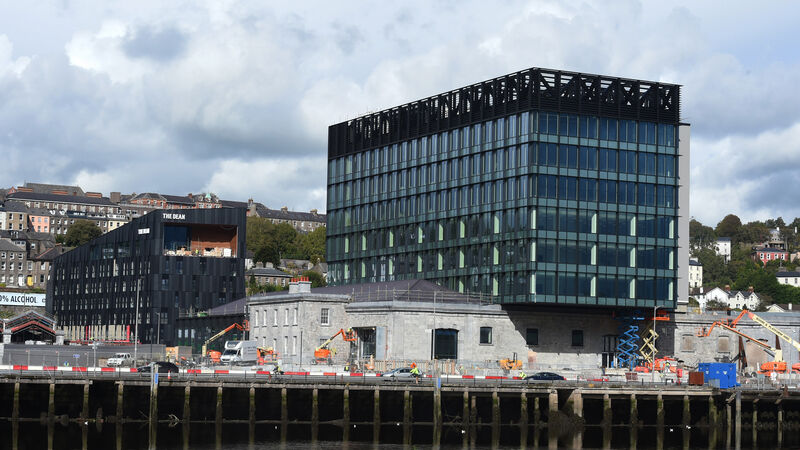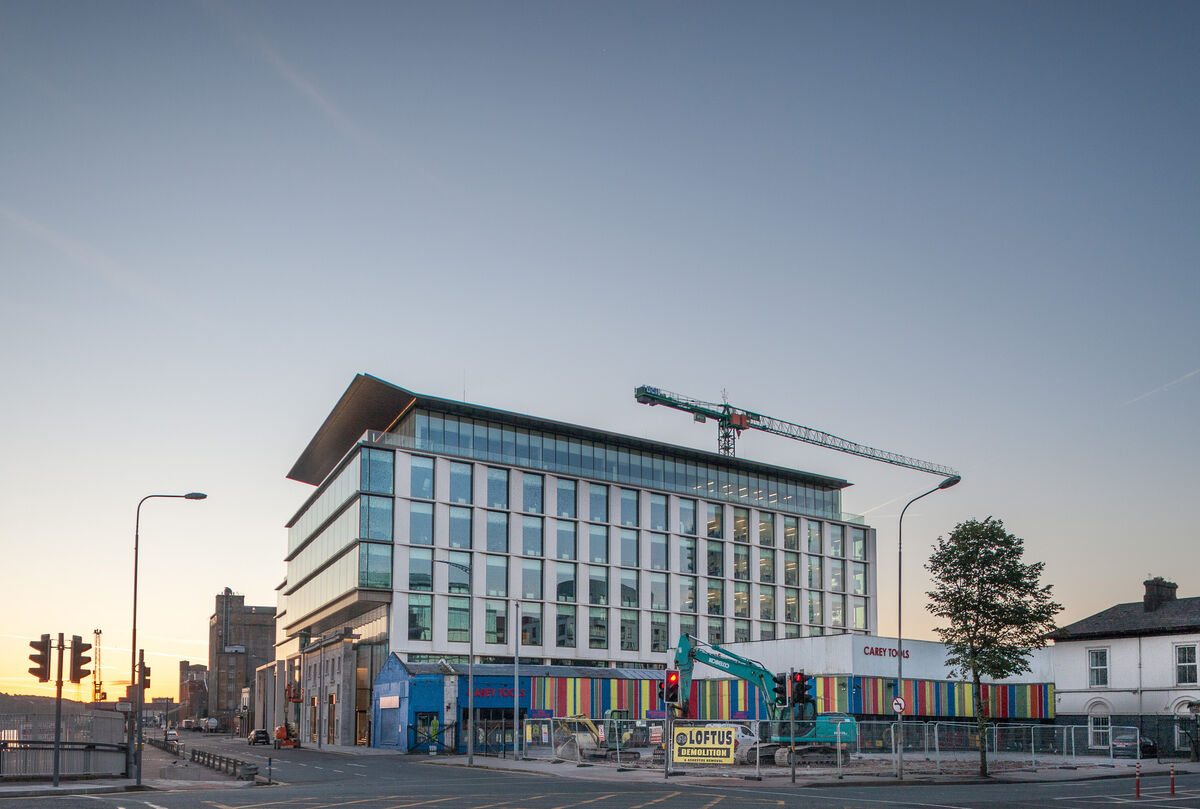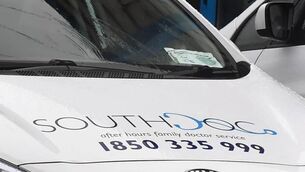Cork's docklands reborn: plans advance to revamp vast area

BAM and Clarendon’s Horgan’s Quay project includes offices, apartments, and The Dean hotel. Picture: Larry Cummins
Cork’s 160-hectare city docks region, running east from Cork City to Tivoli with four kilometres of waterfront, is a development area of national significance that is unequalled in Munster and only rivalled in Ireland by Dublin's docklands.
Unlocking its potential is vital if Cork is to achieve ambitious population, housing, and employment growth targets set out in recent national development plans.
The north docks area is bounded on the north by St Luke’s and Wellington Rd, while the much larger south docks region runs from Albert Quay east to Páirc Uí Chaoimh.
While a number of ‘vision documents’ for both the north and south docks have been produced over the last 20 years, most of the development in the area has been close to the city centre.
However, in recent years, developers have taken big bold steps eastwards.
Work on schemes in the north docks is well under way, with BAM and Clarendon’s Horgan’s Quay project largely complete. It includes offices, apartments, and the recently opened hotel, The Dean.
Planning permission granted to Tower Holdings for a 34-storey, 241-bedroom hotel on the historic Custom House Quay site has been appealed to An Bord Pleanála.
Developers JCD, which has built offices on the north docks, also has planning permission for a 25-storey residential tower on the former Sextant site on the south docks.
A final decision is expected soon on a proposal to move the Goulding fertiliser facility from the city's south docks to Belvelly Port Facility, the former IFI site at Marino Point.
Goulding has operated from the city docklands site since 1955 and the increased use of the new Belvelly Port Facility is part of the Port of Cork’s wider move from the city’s docks to consolidate its activities downstream.
Separately, the Port of Cork has hired consultants to prepare an urban masterplan for its vast Tivoli docks site on the northern docks, which has potential to accommodate thousands of new homes. The site will become available for development from around 2025 when the port’s container operations relocate fully to Ringaskiddy.

The potential of the 150-acre Tivoli site is enormous. It is equivalent in size to the area between the port’s Custom House Quay headquarters and the gates of UCC.
The masterplan includes ambitions to exploit the site’s marine leisure potential.
A €6m city council plan to upgrade roads into the south docks to facilitate such regeneration schemes — the Docklands to City Centre Road Network Scheme, which includes extensive work on Victoria Rd and the Old Blackrock Rd, including contra-flow bus and cycle lanes — is facing a legal challenge.
Consultants were engaged in October to design an extension to Monahan Rd to the eastern flank of the Marquee development site, which will ultimately tie in to the proposed eastern gateway bridge, linking the south docks to Tivoli.
The rapid pace of dockland development proposals, including the tower on the Custom House Quay site and the demolition of the Sextant, has sparked a wider debate about how the rich history and industrial heritage of the docklands can be protected in the new city development plan.













